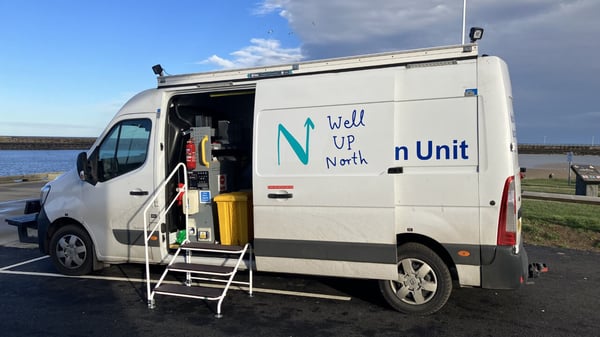What comes to mind when you hear “digital healthcare”? Many people probably think about video consultations, which may not be surprising. Most people can bring to mind a situation where video consultations would be a great advantage, for example, in cases of sickness when vacationing abroad.
However, digital healthcare is so much more than just video. The dialogue between the patient and the healthcare professional in a video consultation is actually only one – albeit important – part of the care flow. By making more parts of the patient pathway digital, healthcare professionals can find it easier to collect and manage patient information and work more efficiently with their own resources. We have listed 5 examples of cases that can be digitalised and offer great value.
1. Smoother appointment booking
Allowing healthcare seekers to book consultations online themselves benefits patients and healthcare professionals alike. By getting an overview of available times, patients can easily choose the time that suits them the most, thus reducing the chances of them not attending. Moreover, the booking can be made at any time of the day. Above all, the system can free up the healthcare staff’s resources and time. Reduced administration means that healthcare professionals can devote more time to other tasks and, most importantly, to patients.
2. Virtual waiting rooms for drop-in visits
Many healthcare professionals give patients the opportunity to seek quick help via drop-in. Unfortunately, this often doesn’t go so fast – it’s quite common to associate drop-in with long waiting times because of limited resources. A virtual drop-in clinic provides new opportunities. Staff are no longer tied to a physical location: you can draw resources from other units to staff the virtual drop-in clinic. This makes you much more flexible when it comes to opening hours, as well as the type of care you are able to offer. Perhaps you want to extend the range because you can enlist resources from other places? You can have multiple virtual waiting rooms if you want to make different types of services and therapy areas available.
Guide - Get started with your virtual clinic!
3. Collecting patient data with smart forms
Dynamic forms can be used to collect patient data before or after a video consultation. In most cases, the forms are used before the actual consultation, as patients can fill in information about their issues, medical history, etc. This information helps the staff designate a healthcare resource with the right skills to treat the patient. In addition, healthcare professionals are better prepared and receive answers to questions that would otherwise be asked during the consultation. Patients can also be better prepared by formulating their issues, leading to a more efficient meeting.
4. Time-independent communication with messages
Communication can be independent of place as well as time. Asynchronous communication via messages works much like a regular email conversation, but with secure authentication. This function makes it possible for patients to write a message to their healthcare professional at any time of the day. It can be easier for patients to seek care if they do not have to align with the reception opening hours. Healthcare professionals can, in turn, get an effective communication channel with the patient, which facilitates concise and regular contact.
5. Collecting data for statistics
Statistics and data are an important foundation for analysing any business. How many video consultations were carried out in the past year? What is the average time per consultation? What do our targets look like? By making more parts of the healthcare chain digital, more data that can form the basis for accurate statistics will be populated automatically, without any manual input. It is also possible to produce figures that analyse flows for various patient groups by viewing outcomes and ICD codes or taking the pulse of what staff and patients think about various tools using evaluation questions.
There are considerably more parts of the healthcare industry that can be digitalised – development is advancing rapidly, for example, when it comes to managing medical records, monitoring and AI. It is hard to predict in detail what the future of healthcare will look like, but we feel confident in saying that healthcare is increasingly turning digital. The government’s vision of digital health, corporate innovation, and last but not least, the patients’ expectations for more influence over their health are some of the incentives driving this development.
Would you like to know more about what to think about before getting started with your virtual clinic? Read our guide!


